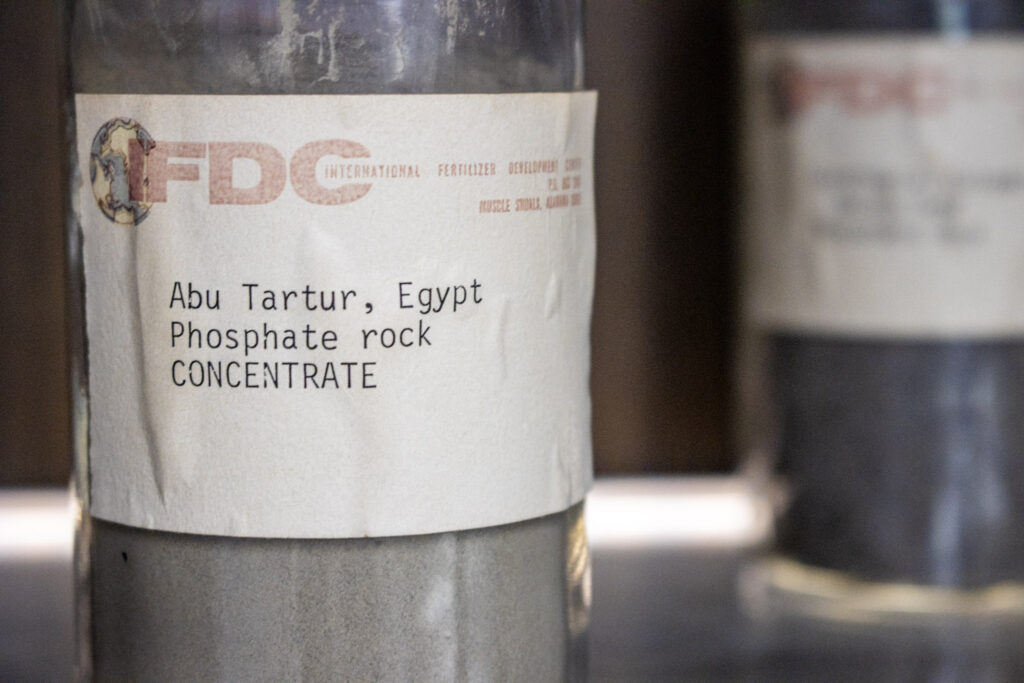
Phosphate rock (PR) is used to produce the majority of acidulated phosphate fertilizers used throughout the world, but it can also be used for direct application with little processing. Unlike the essentially uniform acidulated fertilizer products made with PR, the PR itself can vary greatly in composition depending on certain factors.
Some specimens are so ineffective that they should be avoided for direct application in crop production; others, however, can provide plants with phosphate as effectively as the more costly acidulated sources.
This short Q&A article explores key questions surrounding the proper use of direct application of phosphate rock (DAPR) and reviews modified PR technologies that hold significant agronomic potential, particularly in resource-limited countries across diverse regions of the world.
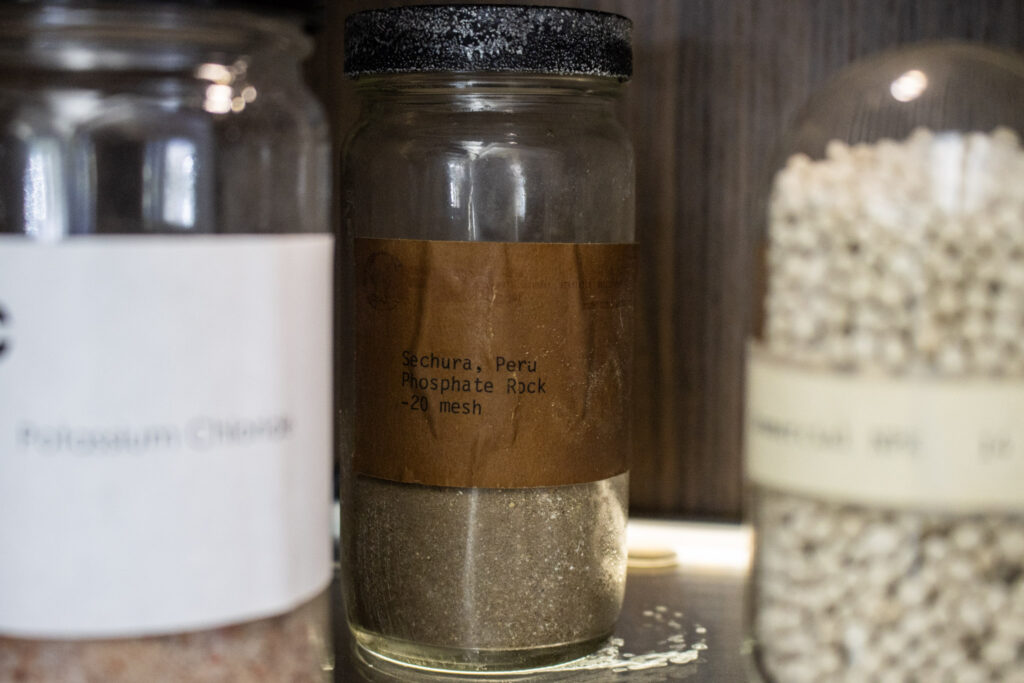
What is the concept of DAPR, and why does PR vary so widely in reactivity and agronomic effectiveness?
DAPR generally involves grinding the PR until at least 80% passes through a 100-mesh sieve, and then applying it directly to the soil. Production of this phosphate (P) source requires only physical processing without any chemical treatment of the rock.
The primary mineral in PR is called apatite, which may exist in a variety of chemical formulas. Due to natural differences in the chemical and mineralogical composition of its crystals, the resulting apatite minerals may feature a vast range of reactivity, solubility, and agronomic effectiveness, with some being excellent phosphate fertilizers for commercial crops when applied directly while others are not.
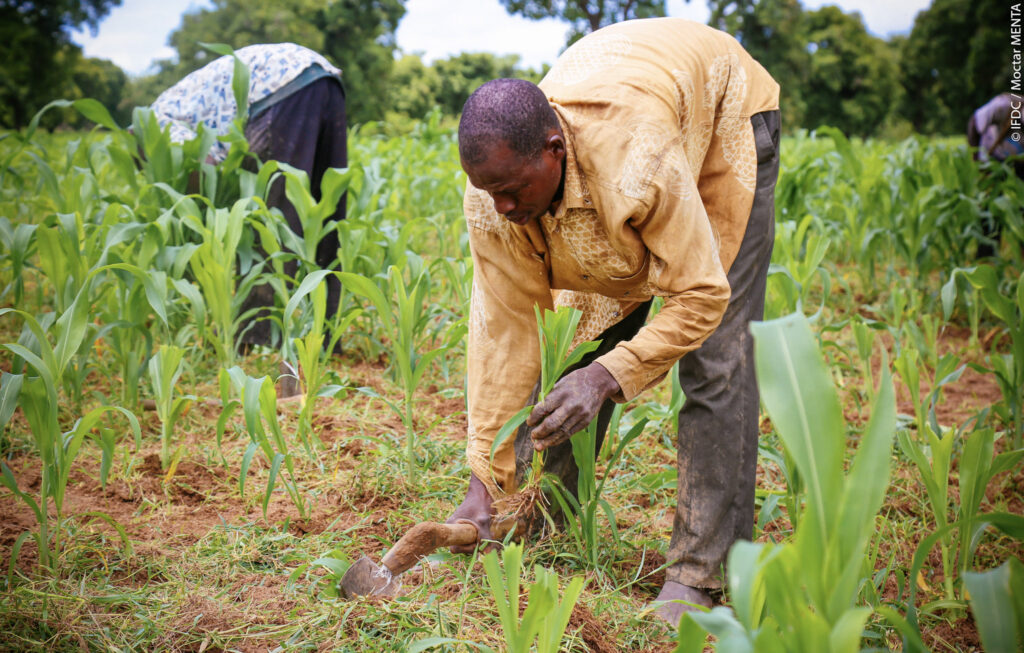
How do we know whether a direct application of PR will be highly effective agronomically?
Agronomic studies have shown that about 80% of PR effectiveness is determined by just three factors: the type of apatite in the PR, the soil pH, and the crop being grown. Other factors include the crop, specific soil conditions, PR and soil management, and more.
Given this myriad of factors, estimating the agronomic effectiveness of PR can be complex. This is why the freely accessible Phosphate Rock Decision Support System (PRDSS) model was developed by IFDC, the Food and Agriculture Organization of the United Nations (FAO), and the International Atomic Energy Agency (IAEA) to assist with these calculations.
The PRDSS evaluates the quality of PR for direct application using laboratory solubility methods that help determine how effectively the PR will provide phosphate to crops.
It is also important to note that DAPR should be conducted in specific way to maximize effectiveness: PR should be applied in powder form at the soil surface, followed by incorporation, preferably to 20 cm soil depth.

Can low-reactivity PR be used for direct application instead of acidulated P fertilizers?
PR with low reactivity should not be utilized without some type of treatment. The most common approach is acidulation, which converts PR into highly water-soluble compounds readily available to plants. While acidulation is by far the most widely used method for producing P fertilizers, it is also expensive.
Modified PR fertilizers, such as partially acidulated phosphate rock (PAPR) and compacted fertilizers, offer alternative approaches. In partial acidulation, smaller amounts of acid are used as compared to the amounts needed for complete acidulation, while compacted fertilizers are produced by blending PR with an acidulated P fertilizer, such as triple superphosphate.
Both PAPR and compacted fertilizers can provide good agronomic and economic results in many circumstances, especially in resource-limited countries where importing high-grade phosphate is costly and/or challenging.
The right choice of PR technology is case-specific, and preliminary research is necessary to determine whether a modified PR fertilizer is feasible and, if so, which type would be most effective.
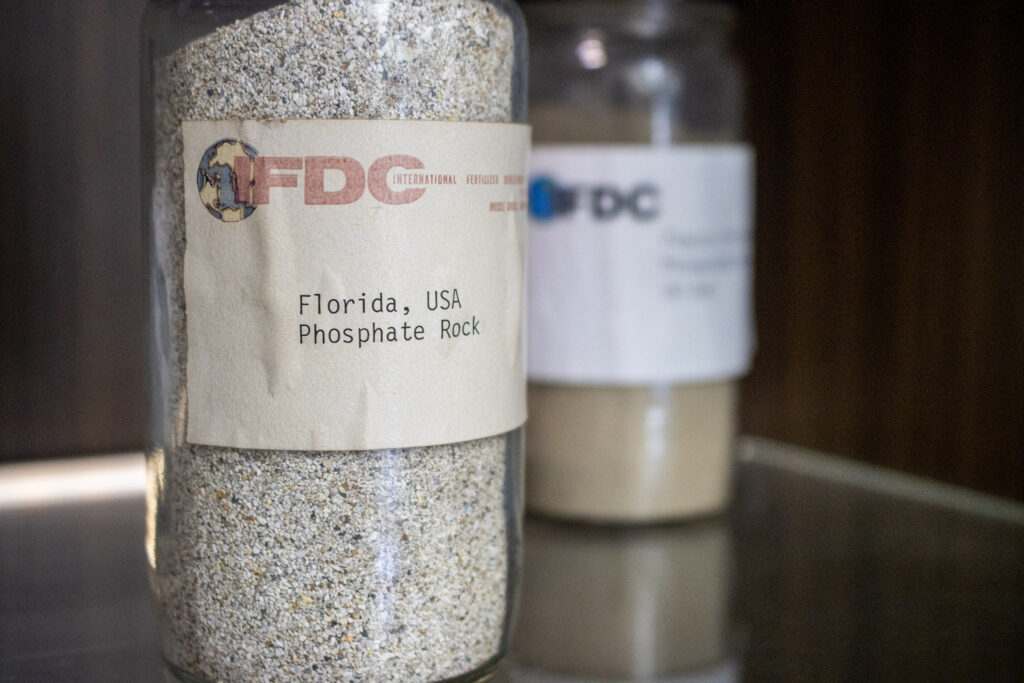
Is there a potential for a more intense use of DAPR or its modified fertilizer products?
The adoption of these alternative fertilizers remains low for multiple reasons. For example, fertilizer companies do not invest as needed in basic research to produce feasible modified PR fertilizers, and farmers are not generally educated on how to use DAPR and the modified PR fertilizers appropriately. That said, renewed interest in studying these fertilizers’ potential, especially for resource-poor smallholder farmers in Africa, has lately emerged again.
Which research centers lead in the production and agronomic use of these types of P fertilizers?
While many organizations around the globe have studied these fertilizer products for decades, the former TVA/NFDC and now IFDC stands out as the most influential institutions in advancing knowledge on how to produce and use these types of fertilizers wisely.
IFDC researchers have conducted both basic and applied studies, published numerous papers and technical resources, and delivered lectures all over the world on this topic, profoundly shaping the global understanding and use of these P sources in commercial crop production.
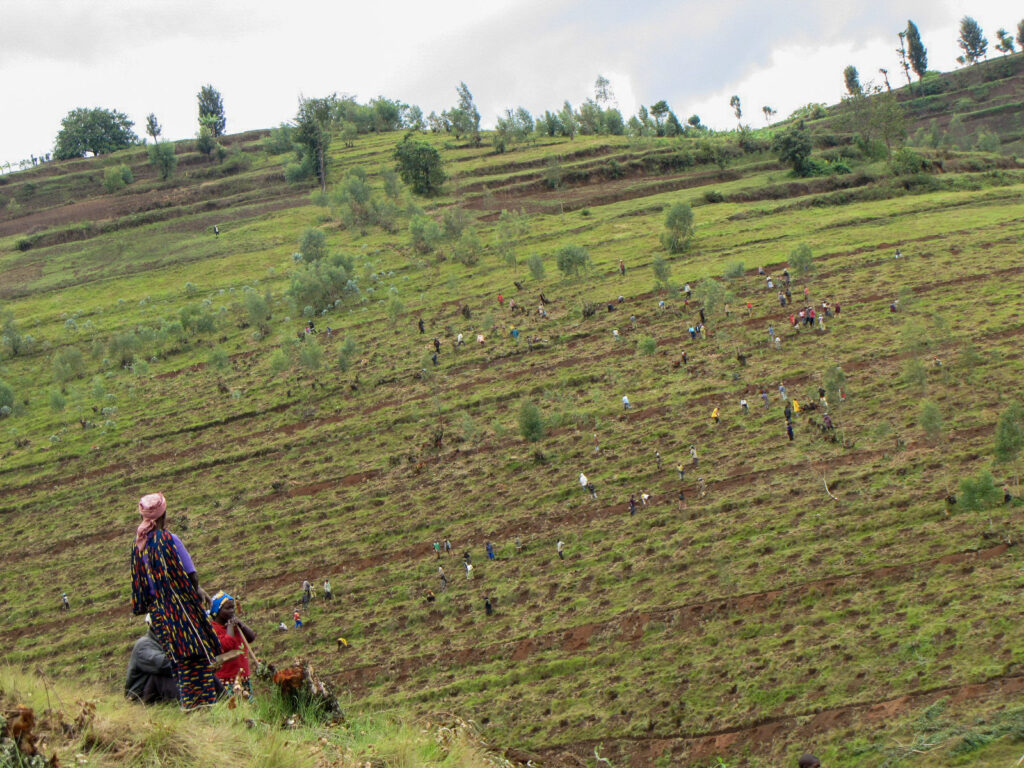
PR remains a vital yet complex resource in global food production in some regions, with its effectiveness depending heavily on source characteristics, soil conditions, and crop needs. While acidulated fertilizers dominate the market, modified PR technologies and decision-support tools such as the PRDSS may open new pathways for sustainable, cost-effective solutions—especially in regions where access to high-grade fertilizers is limited.
IFDC continues to lead research and innovation in this field, building on decades of expertise to address today’s agricultural challenges. We invite you to partner with IFDC’s Fertilizer Innovation Center to explore innovative solutions and shape the future of fertilizer development.




